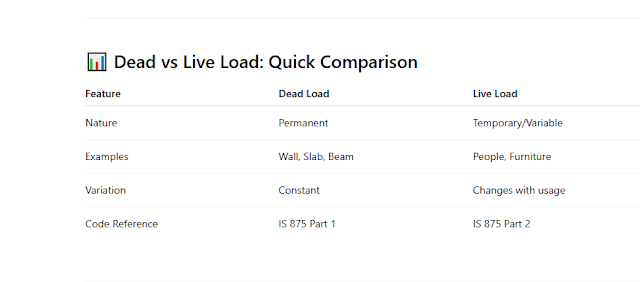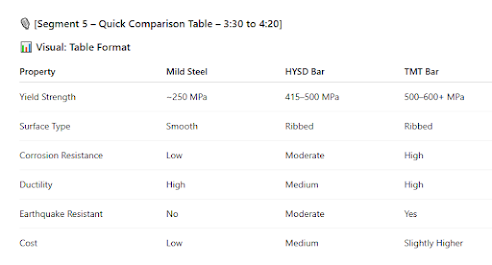👷♂️📚:
# 🧱 Classification of Walls Based on Materials of ConstructionIn construction, walls serve multiple roles—structural support, space division, weather protection, and aesthetic enhancement. The selection of wall type depends on architectural requirements, budget, strength, and intended use of the building. Walls are broadly classified based on the **materials used** in their construction, each with its unique characteristics and applications. ## 🔴 1. **Brick Masonry Walls** Brick masonry is one of the oldest and most commonly used wall construction methods in the world. It involves the use of burnt clay bricks that are laid in mortar to form walls. ### Features: - Good compressive strength - Fire resistance - Cost-effective - Easily available materials ### Applications: - Residential buildings - Partition walls - Load-bearing walls in low-rise structures ## ⚫ 2. **Stone Masonry Walls** Stone masonry involves the use of natural stones such as granite, sandstone, limestone, or basalt. The stones are carefully cut and laid with mortar. ### Types: - **Rubble masonry**: Uses rough, irregular stones - **Ashlar masonry**: Uses precisely cut stones for a neat appearance ### Features: - Highly durable and weather-resistant - High aesthetic appeal - Ideal for heritage and monumental structures ### Applications: - Foundation walls - Retaining walls - Exterior facades in traditional architecture ## 🟠 3. **Reinforced Brick Masonry Walls** These are conventional brick walls with embedded steel reinforcement bars, increasing their structural strength and resistance to lateral loads. ### Features: - Improved tensile strength - Enhanced resistance to wind and seismic loads - Better performance than plain brick walls ### Applications: - Seismic-prone areas - Industrial buildings - Load-bearing walls in multi-storey constructions ## ⚪ 4. **Reinforced Concrete Walls (RC Walls)** RC walls are constructed using concrete and embedded steel reinforcements. They are known for their superior strength, durability, and ability to bear heavy loads. ### Types: - **Shear walls**: Resist lateral forces like wind and earthquake - **Load-bearing RC walls** - **Retaining walls**: Hold back soil or water ### Features: - High compressive and tensile strength - Fire and pest resistant - Long lifespan with minimal maintenance ### Applications: - High-rise buildings - Bridges - Basements and core walls in towers ## 🔵 5. **Precast Concrete Walls** Precast walls are manufactured off-site in controlled conditions and then transported to the construction site for installation. This method ensures fast and efficient construction with consistent quality. ### Features: - Speedy assembly on site - Uniform quality control - Reduced labor cost and construction time ### Applications: - Commercial buildings - Industrial structures - Modular housing ## 🟣 6. **Hollow Concrete Block Walls** Hollow blocks are lightweight concrete masonry units with hollow cores that reduce weight and provide better thermal and sound insulation. ### Features: - Lightweight and easy to handle - Good thermal insulation - Economical ### Applications: - Partition walls - Non-load-bearing walls - Schools and healthcare buildings for better insulation ## 🟤 7. **Solid Concrete Block Walls** Unlike hollow blocks, solid concrete blocks are dense and heavy, making them ideal for load-bearing walls. They offer excellent strength and durability. ### Features: - High load-bearing capacity - Fire and weather resistance - Long-lasting ### Applications: - Foundation walls - Retaining walls - External and internal load-bearing walls ## 🟢 8. **Composite Masonry Walls** Composite masonry walls combine two or more types of materials to optimize wall performance. For example, outer stone masonry for aesthetics and inner brick masonry for cost efficiency. ### Features: - Balanced performance and cost - Multi-layered protection - Versatility in appearance and function ### Examples: - Brick + Concrete Block - Stone + Brick - Hollow + Solid Blocks ### Applications: - Commercial buildings - Institutional structures - Facades requiring visual appeal and structural performance ## 🧠 Summary of Benefits by Material Type | Wall Type | Strength | Durability | Insulation | Speed of Construction | Cost | |-----------------------------|----------|------------|------------|------------------------|------| | Brick Masonry | Moderate | High | Moderate | Moderate | Low | | Stone Masonry | High | Very High | Low | Slow | Medium | | Reinforced Brick | High | High | Moderate | Moderate | Medium | | RC Walls | Very High| Very High | Low | Moderate | High | | Precast Concrete | High | High | Moderate | Fast | Medium | | Hollow Concrete Block | Low | Moderate | High | Fast | Low | | Solid Concrete Block | High | High | Moderate | Fast | Medium | | Composite Masonry | Varies | Varies | High | Moderate | Varies | ## 🏗️ Final Thoughts Choosing the right wall material is crucial not just for stability, but also for long-term sustainability, comfort, and cost-efficiency of the structure. Innovations in construction materials continue to introduce new types of wall systems that blend functionality with aesthetics. Whether it's the humble brick or the sleek precast slab, every wall tells a story of design, engineering, and purpose.








